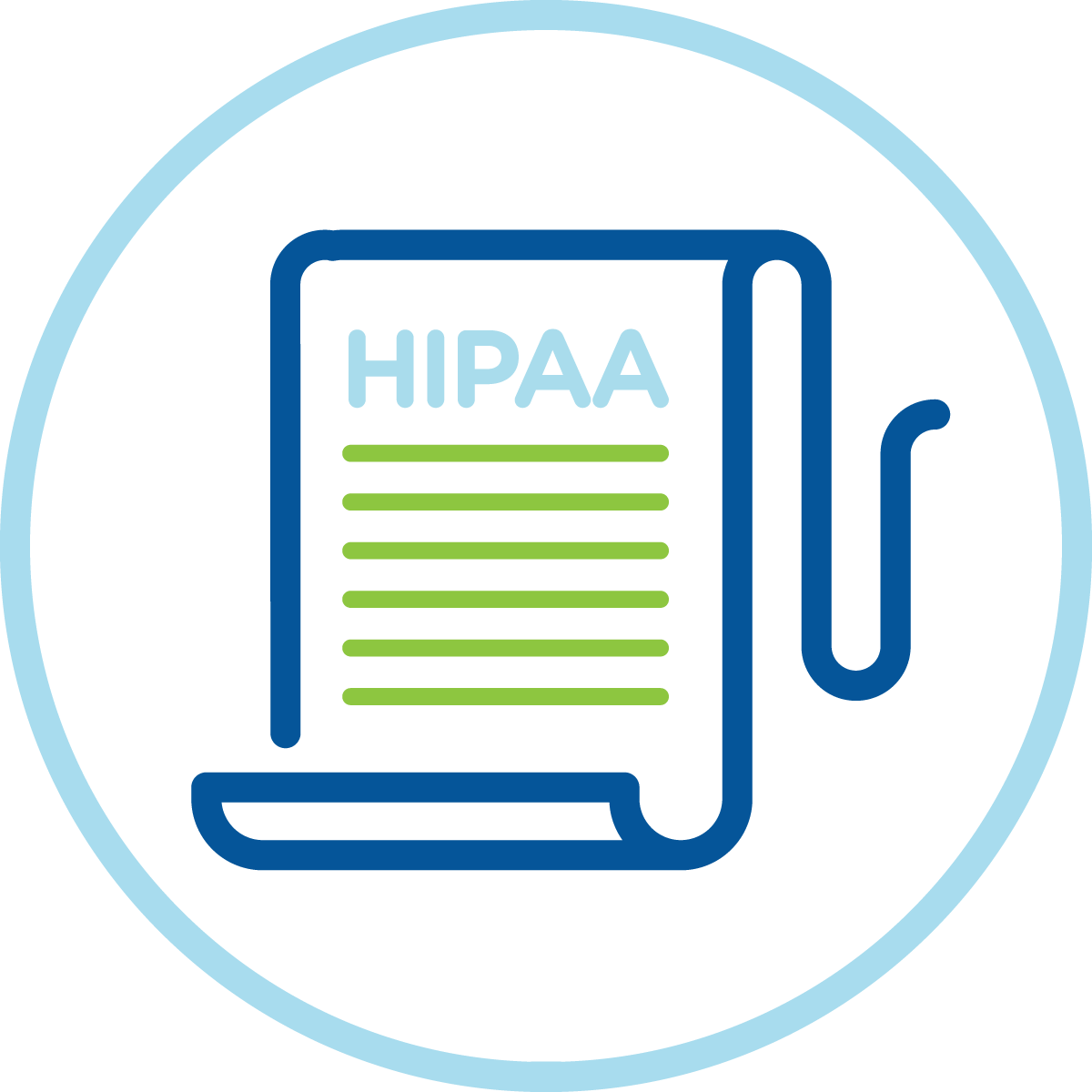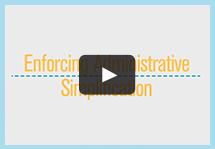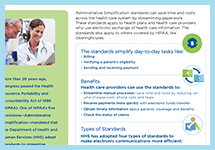HIPAA and Administrative Simplification

Administrative Simplification Overview
To reduce paperwork and streamline business processes across the health care system, the Health Insurance Portability and Accountability Act (HIPAA) of 1996 and subsequent legislation set national standards for:
Reaching Compliance with ASETT (Video)
To help the health care community use electronic standards for administrative transactions, CMS has released the Reaching Compliance with ASETT video.
- Explains the benefits of complying with Administrative Simplification standards, including substantial cost savings
- Describes how ASETT—the Administrative Simplification Enforcement and Testing Tool—allows you to test transactions, both your own and your business trading partners’ transactions
- Tells you how to use ASETT to file a complaint if you have any noncompliant business trading partners
Learn more about Administrative Simplification standards for electronic transactions:
It’s the Law
Health care providers, health plans, clearinghouses, and other HIPAA-covered entities must comply with Administrative Simplification.
The requirements apply to all providers who conduct electronic transactions, not just providers who accept Medicare or Medicaid.

Enforcing HIPAA Administrative Simplification Requirements (Video)
Enforcing Administrative Simplification requirements is essential to ensuring the health care community reaps the benefits of standardized transactions and reduced administrative costs. Learn more about how CMS enforces Administrative Simplification requirements in this video.
Save Time and Costs While Helping Patients
Standard transactions, operating rules, code sets, and unique identifiers allow information to be shared electronically in consistent ways.
With common standards for content and formats, information moves quickly as it is shared between providers and health plans in predictable ways.
These standards have the potential to decrease health costs, time spent on paperwork, and administrative burden, giving providers more time for patient care.
And quick communications with insurers can help inform patients upfront about coverage, benefits, and out-of-pocket costs.
Electronic communications can offer:
- Solutions for routine manual processes ranging from eligibility verification to payment, saving time spent on phone calls, faxes, and regular mail
- Real-time responses from health plans to questions about issues like patient benefits and claim status
- Cleaner claims and less rework as standards ensure greater consistency by reducing uncertainty
- A faster revenue cycle while reducing the burden of labor costs related to business functions like manually posting payments
- Upfront information for patients about out-of-pocket costs
- More provider time for patient care, less for administrative tasks
Keep Up to Date!
Sign up for Administrative Simplification Email Updates and follow us on Twitter




